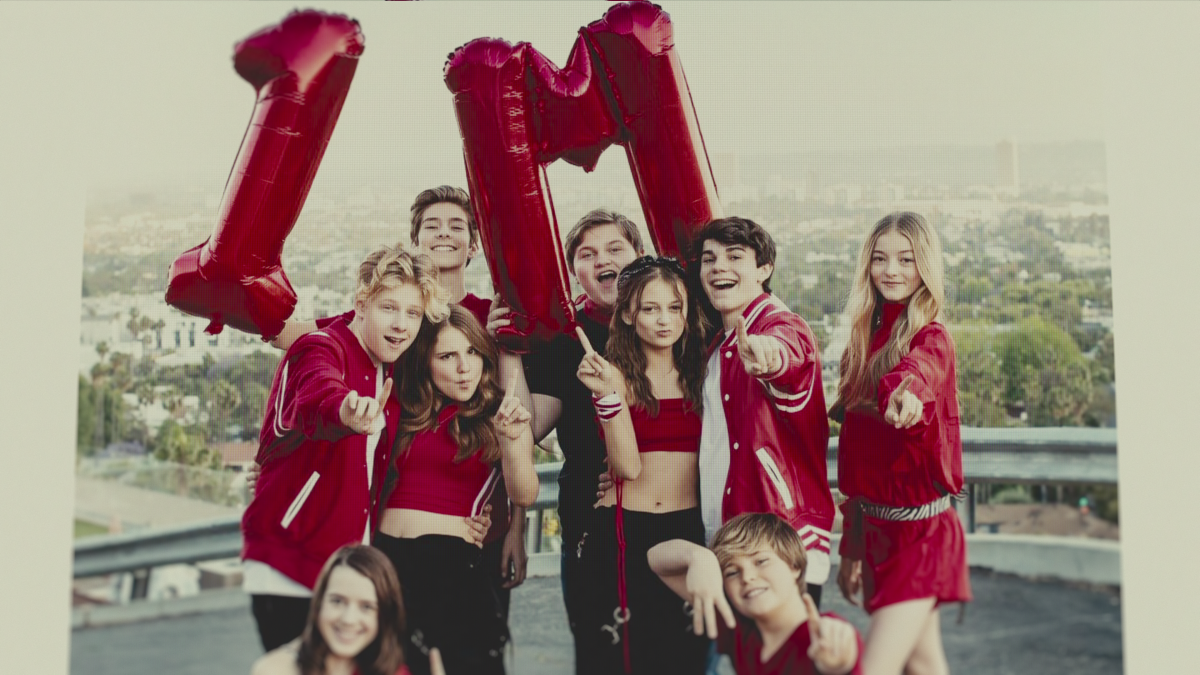
Everyone always says, “Read the book before you see the movie.” Having read “The Great Gatsby” by F. Scott Fitzgerald in English class at some point in their lifetime, viewers were more than excited to hear that producer Baz Luhrmann was turning one of their favorite novels into a movie. Originally expecting the film to be released in December 2012, most Gatsby fanshad a surplus of time to get excited to see this film when it came out on May 10; therefore, everyone’s expectations were high. HOwever, many were nervous that when The Great Gatsby was turned into a movie, the symbolism and themes that made the novel so memorable would be lost behind an overly-cheesy love story, as is what usually happens when Hollywood turns novels into movies. To many viewers’ surprise, The Great Gatsby lived up to most of my expectations and was able to portray a love story while still upholding the motifs, symbolism, and underlying messages of the novel—overall creating a phenomenal film. So, here is a review of the 2013 film The Great Gatsby from the perspective of anyone who is obsessed with the novel.
The movie begins with Nick Carraway (Tobey Maguire) talking to his psychiatrist about a man he knew named Gatsby (Leonardo DiCaprio). Nick writes down all of his experiences with Jay Gatsby from the Roaring Twenties.
Nick lives in a house in West Egg in Long Island, New York, next door to a huge mansion owned by Gatsby. Across the bay, Nick’s cousin Daisy Buchanan (Carey Mulligan) lives with her husband Tom (Joel Edgerton) in East Egg. Nick visits Daisy for dinner and he meets Jordan Baker (Elizabeth Debicki), who tells Nick that Tom is having an affair with Myrtle— a woman who lives shortly outside of West Egg with her husband, George Wilson.
Every weekend, Gatsby hosts extravagant parties in his mansion, and most of Long Island attends. Gatsby invites Nick to one of the parties, so Nick decides to go. Nick meets Gatsby and eventually learns that Gatsby wants Nick to invite Daisy over for tea without telling her that Gatsby will be there, because the two had a relationship five years prior, before Gatsby went to war. Gatsby and Daisy reconnect and begin an affair. Tom recognizes that Gatsby loves Daisy, and while everyone is in a hotel in New York City, Gatsby tries to convince Daisy to tell Tom that she never loved him. Daisy says that although she does love Gatsby, she did at one time love Tom, and Gatsby freaks out. Tom sends Daisy to drive home with Gatsby, but on the way home, Myrtle runs out into the street and is hit and killed by Gatsby’s car. Gatsby tells Nick that Daisy was the one driving, but Gatsby takes all the blame for the murder. Gatsby also confesses to Nick that when he was born he was penniless.
George hears that Gatsby killed Myrtle and he assumes that Gatsby was also the man having an affair with his wife. Gatsby is swimming in his pool when he hears the phone ring. He expects that it is Daisy calling, but George shoots Gatsby and then kills himself before Gatsby can answer the phone. It was Nick on the phone, not Daisy. No one shows up at Gatsby’s funeral except for the press and Nick, and the Buchanans leave New York. Nick soon moves out of New York to escape the wealthy families there. The movie ends with Nick finishing his writings with the psychiatrist and entitling his work “The Great Gatsby.”
The movie followed the plot of the book very closely, which was good for fans of the novel. The film portrayed Gatsby and Daisy’s hopeless love, but also incorporated the underlying meanings from the book. The novel’s symbolism was carried over to the film, beginning with the setting. Nick and Gatsby live in West Egg, which is where new money—people who need to work to earn their money—lives. The Buchanans live across the bay in East Egg, where old money—people who are born into wealth—live. The different settings of Gatsby and Daisy symbolize their impossible relationship: Daisy and Gatsby can never be together because Gatsby is not old money. Gatsby’s impossible dream is shown through his façade, which is the reason for the elaborate parties every weekend. Gatsby hosts the parties to create the appearance of wealth so that he may be with Daisy, but despite his attempts, it is impossible for Gatsby to become old money because the only way one can be old money is to be born into it, and Gatsby cannot be reborn.
The green light across the bay in front of Daisy’s house that Gatsby reaches for symbolizes Gatsby’s reach towards a life as old money. The movie also includes the scene from the novel during tea, when the clock breaks. The defunct clock is symbolic of the impossibility for Gatsby to go back to the past and be reborn into old money. Additionally, another key scene from the novel that was wonderfully incorporated into the film was when Gatsby gives Daisy a tour of his mansion and she cries at the sight of Gatsby’s colorful shirts. Gatsby owns several colorful shirts from all over the world, suggesting wealth, yet Daisy cries because she has never seen such colorful shirts before. Daisy is upset because old money wears white clothing to represent their wealth, so Gatsby’s colorful shirts signify that he is new money.
Due to the incorporation of several of the novel’s motifs and symbols, “The Great Gatsby” movie was well worth the 2 hours 23 minutes. The film also used modern music over the party and city scenes, keeping the audience captivated as well as representing the change and liveliness that took place during the 1920s. The only downsides to the movie were that it was rather lengthy, and that almost no attention was paid to Nick and Jordan’s relationship, which is much more complex, detailed, and symbolic in the novel. Overall, The Great Gatsby is an enjoyable film for anyone who has not read F. Scott Fitzgerald’s novel, and the film is even better for those who have read and appreciate the novel. The Great Gatsby lives up to its title and certainly is great.









